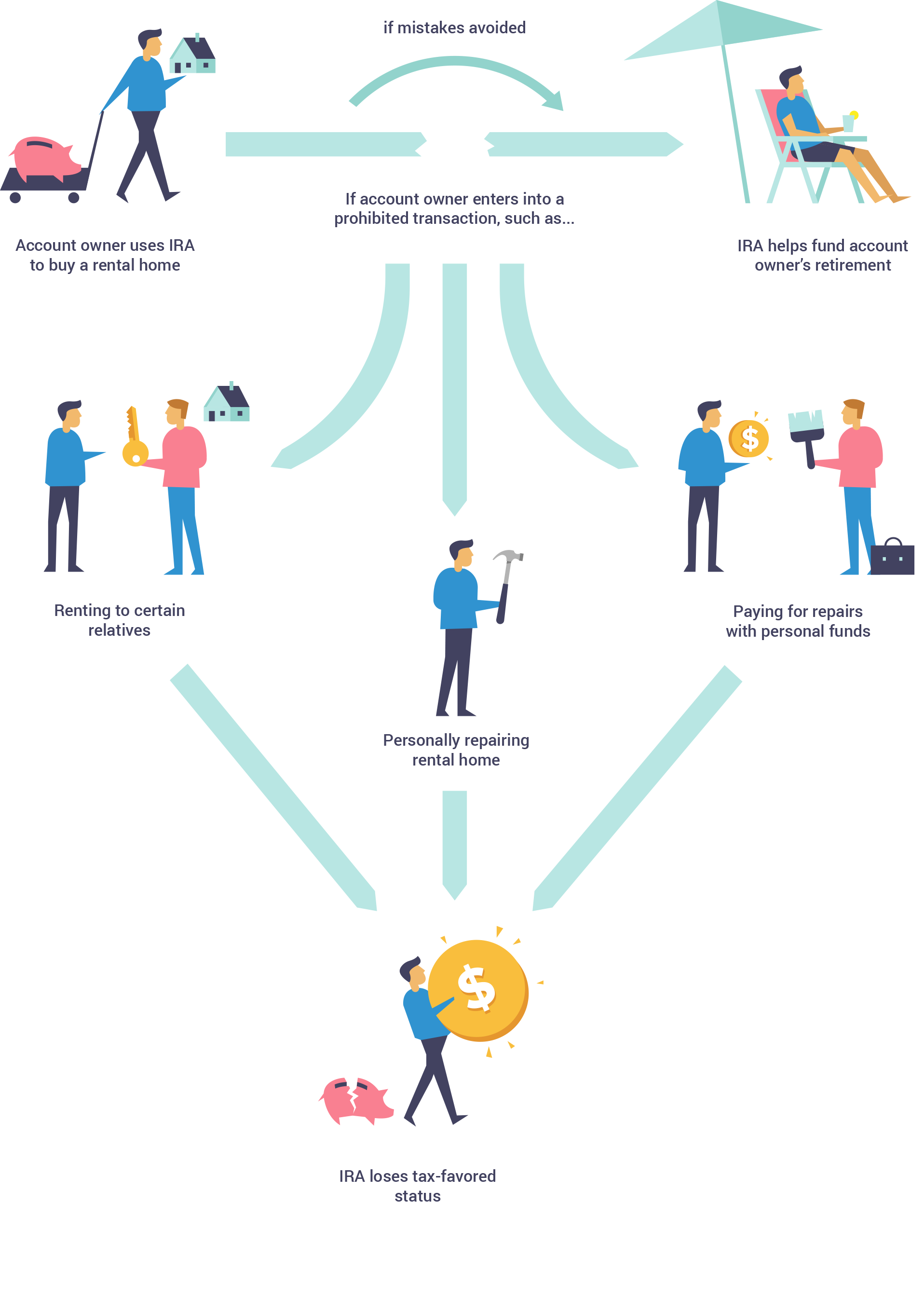Because of these inequities IRAs are prone to common errors.
“It’s easy to make a mistake. Consider excess IRA contributions. In 2012, people age 50 or older can contribute $6,000 to a traditional or Roth IRA, or their taxable compensation for the year -- whichever is smaller. A person who makes the maximum contribution at the start of each year may lose his job and fail to meet the taxable compensation hurdle. Or a retiree whose only income comes from pensions and dividends may not realize that “compensation” generally refers to earned income such as wages.”
-“The IRS Cracks Down on IRA Mistakes," Kiplinger
Every year in every Congressional district in the country an average of nearly 3,500 constituents experience mistakes in reporting IRA distributions (that’s 1.5 million constituents nationwide every year and it accounts for only one type of error affecting IRAs).
“In Fiscal Year 2010, we found that approximately 300,000 individuals potentially contributed more than $3.9 billion of unreported excess contributions to IRAs in TYs 2006 and 2007.”
-TIGTA, Ref. No. 2015-10-020, “Actions Can Be Taken to Further Improve the Strategy for Addressing Excess Contributions to Individual Retirement Arrangements” (Mar. 2015)




